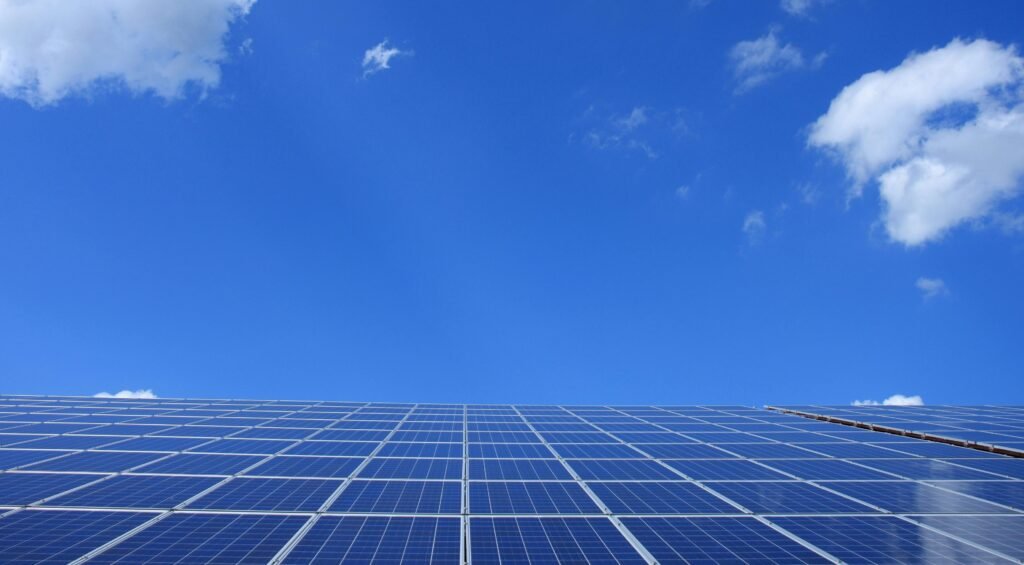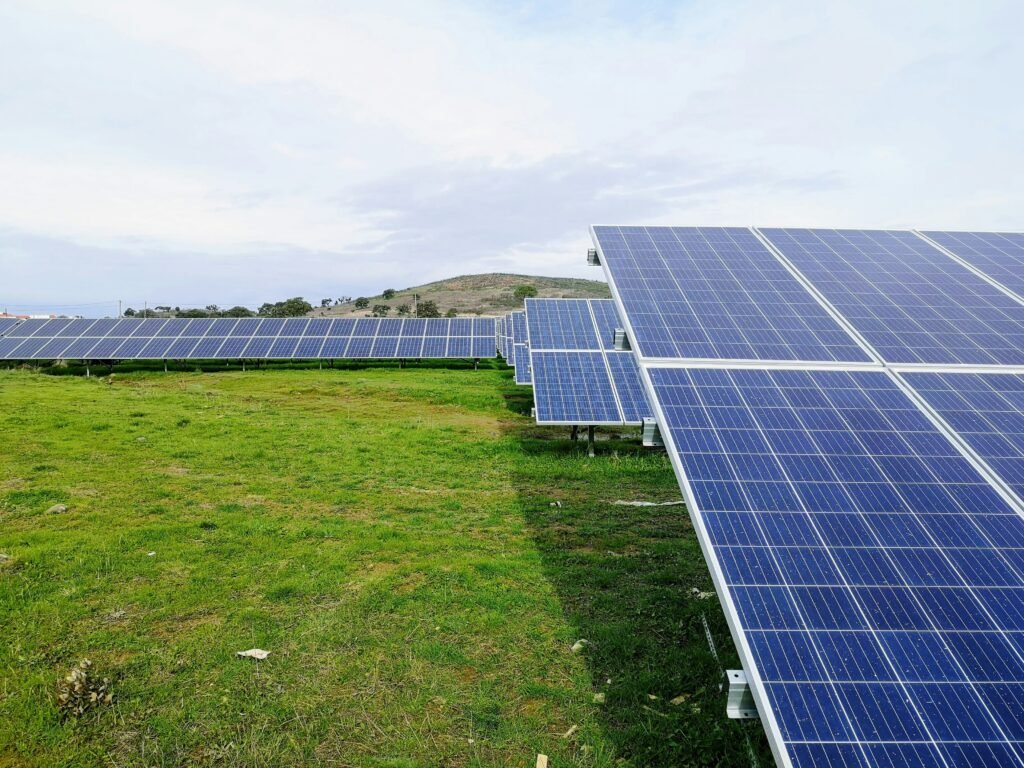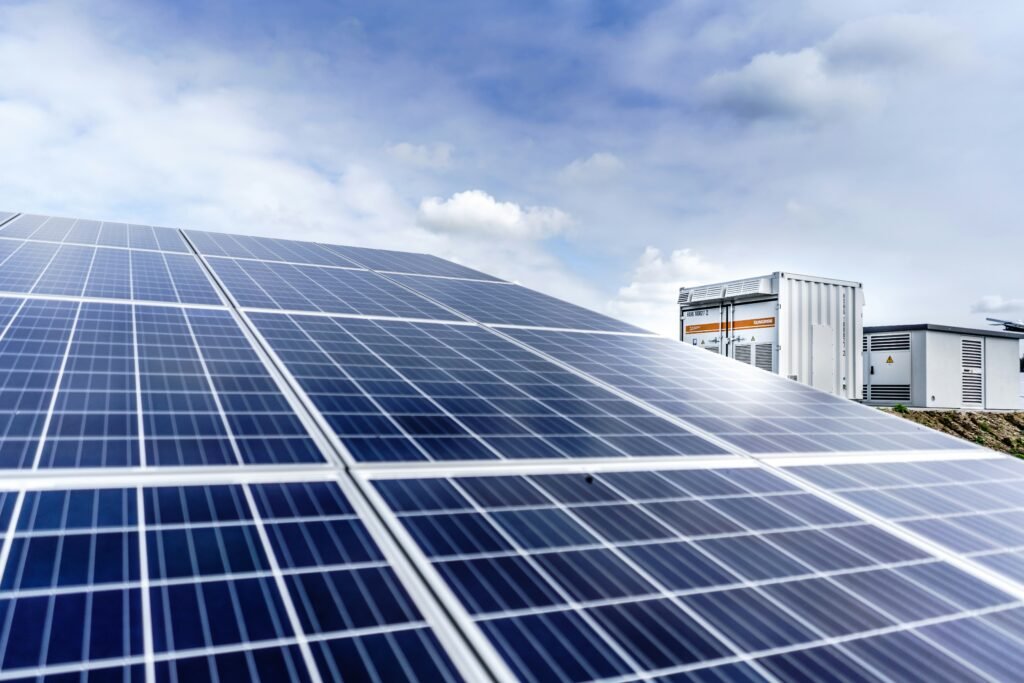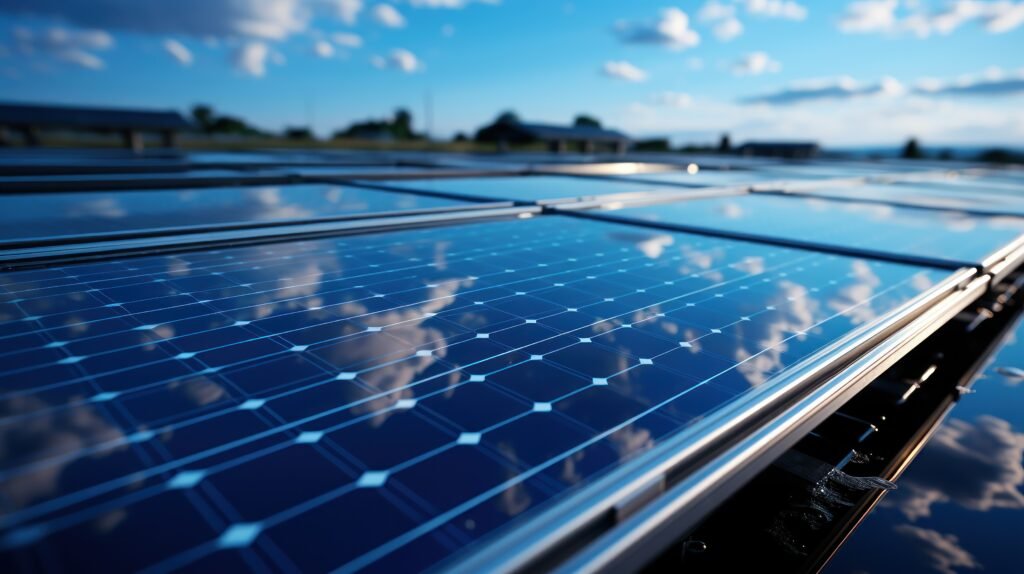Here are some key indicators that dirt and debris might be affecting your solar panels:
1. Decreased Energy Output
If the output of energy from the system has reduced but there has been no change in the intensity of the sunlight (maybe because of some season or weather condition), then the panels could have been covered by dust and debris.
2. Visible Dirt and Debris
If the surface is dusty, full of physical dirt, leaves, bird droppings, or similar items, then regular visual inspection can aid in detecting them. This buildup is caused by dust, pollen, birds, and construction that is happening close to it. It means, even if the layer of dust is very thin, it is sufficient to reduce the amount of light that gets to the photovoltaic cells.
3. Uneven Shading
If portions of your solar panels look like they are in the shadow even though there is no structural shadow source such as trees or neighboring structures, then some parts of the panels could be dirty. This uneven shading can decrease efficiency simply because solar panels work best when they get sun light evenly.
4. Hotspots
Hotspots are localized areas on the surface of the solar panel that get much hotter than the other parts of the panel. This can happen when some part of the panel is shaded by dirt or other elements, and this puts more stress on the area, resulting in damage to the panel.
5. Increased Need for Cleaning
If you are required to wash the panels more often, it is an indication that dirty air surrounds your area or place. Cleaning schedules help, although when they are done more frequently, this may imply that the working environment is often dirty, hence reducing productivity.
6. Decrease in the Return on Investment (ROI)
The loss in the amount of money that was saved from the effervescent solar power system is evident and signifies lowered efficiency. If you begin to notice a surge in electricity expenses even when installed with solar power, then dirt may be affecting the panels.
7. Algae or Mold Growth
In humid climates, the outer surface of certain solar panels can be dirty and covered with algae or mold. This growth further hampers the reach of sunlight, can be rather difficult to eradicate, and may need professional cleaning.
8. Corrosion of the Surface of Solar Panel Materials
Unfortunately, accumulations such as dust and dirt, together with the seashore, become detrimental to the panel’s outer surface materials over time. This can lead to the formation of micro-cracks or other sorts of physical damage, which affects efficiency and the lifespan of the panel.






